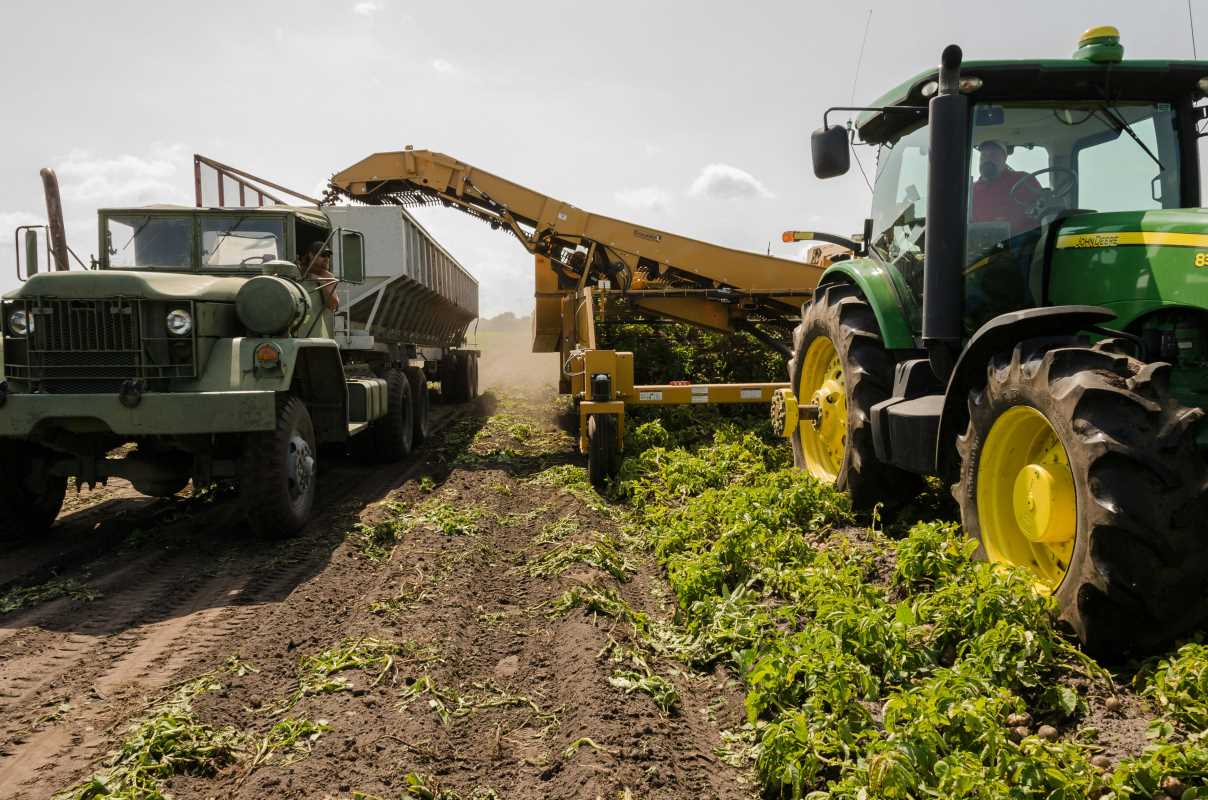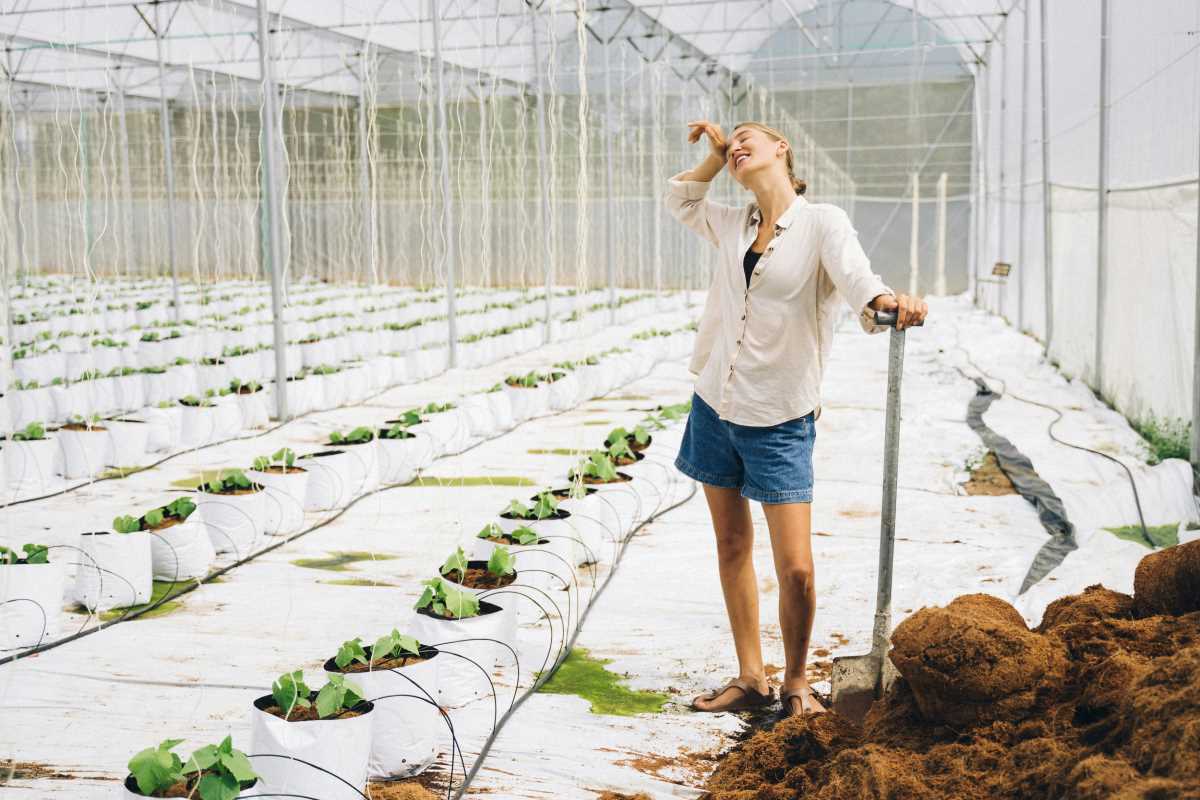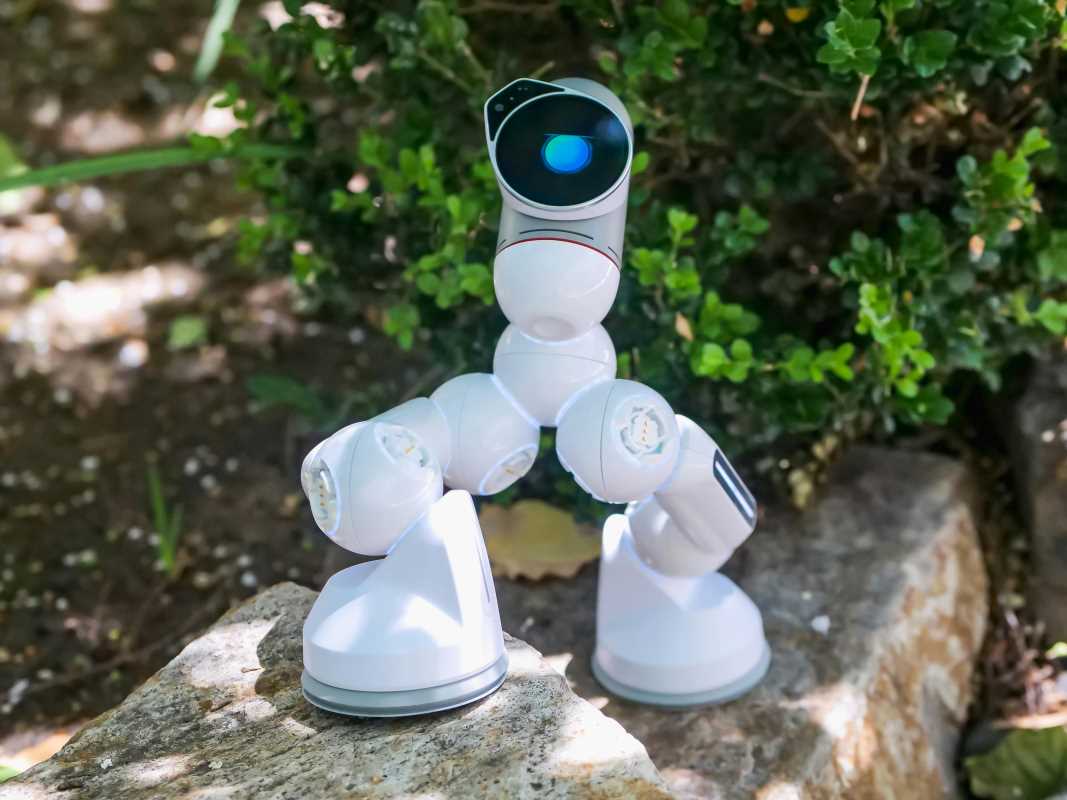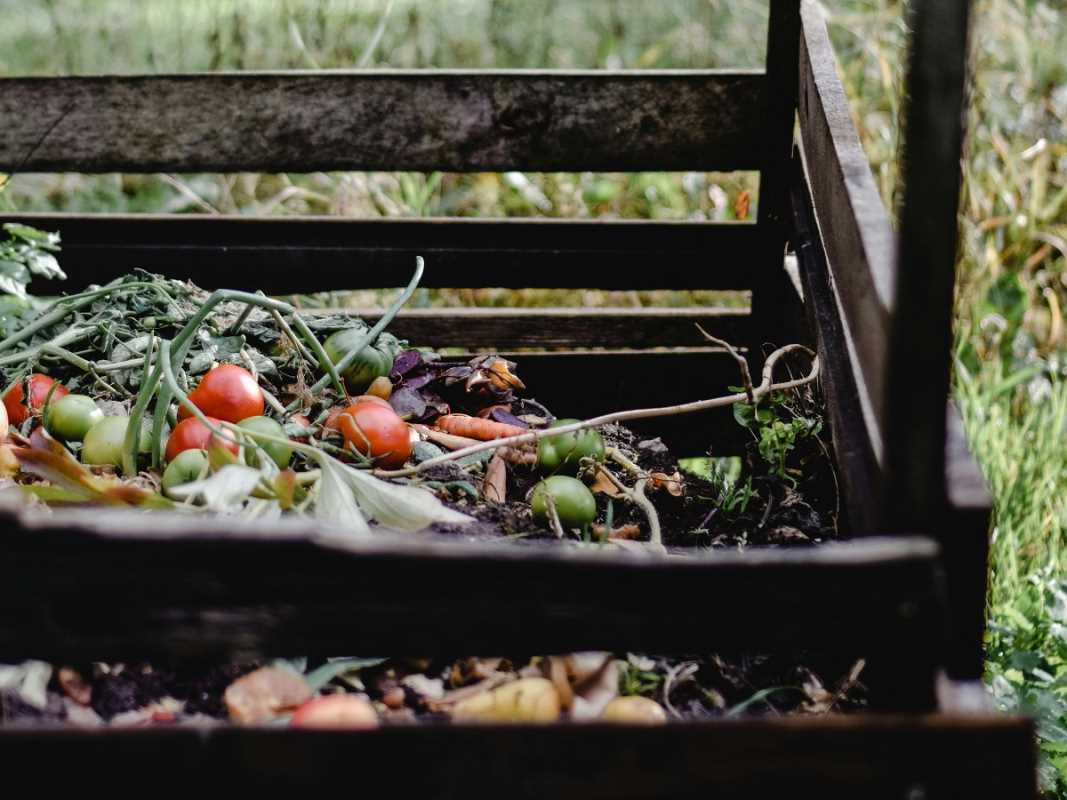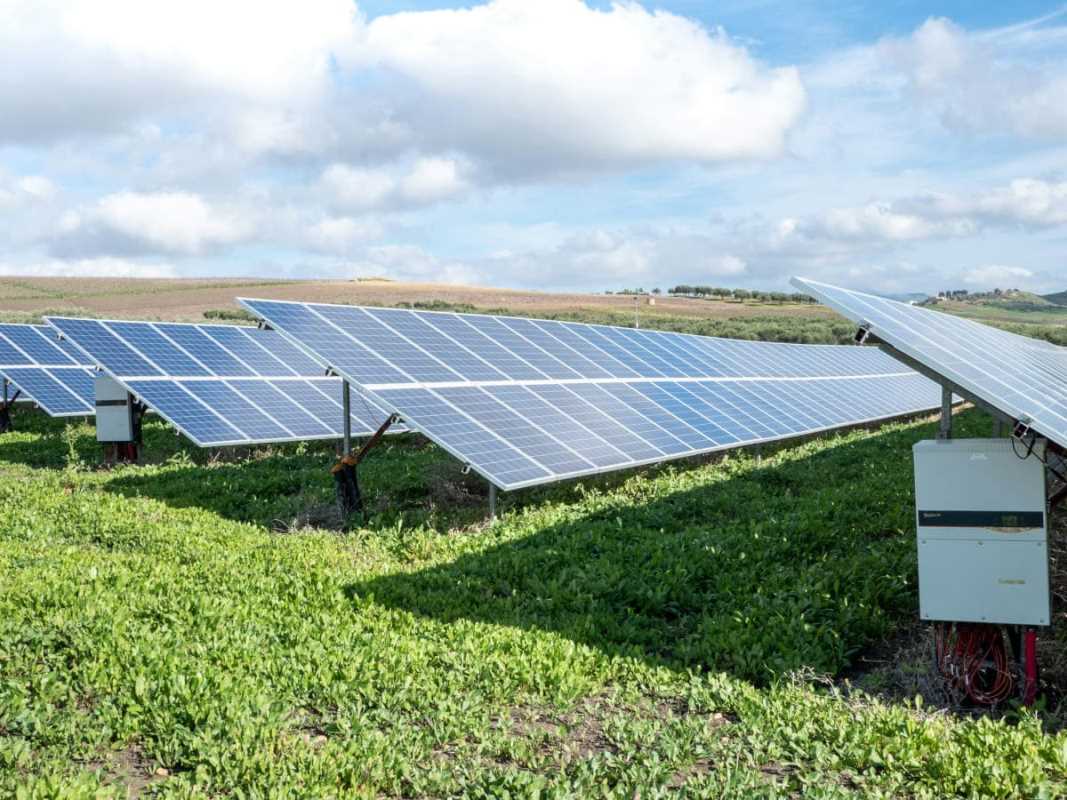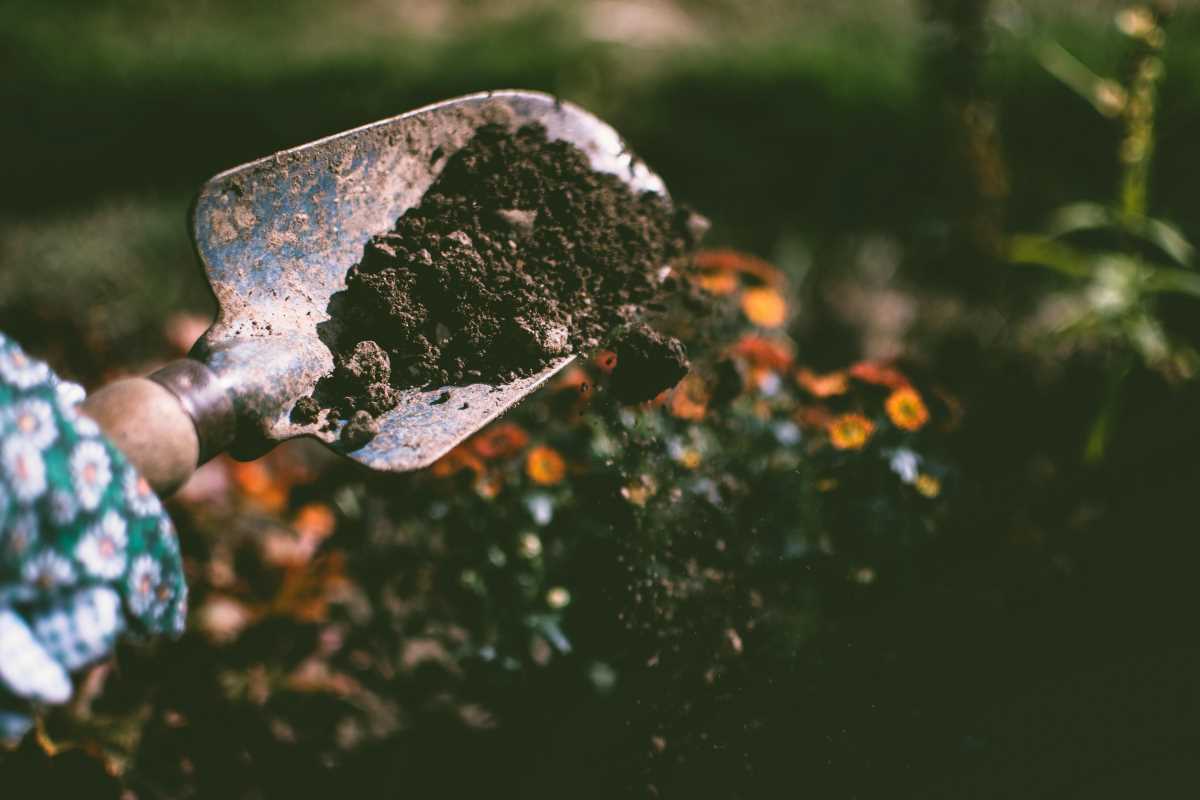Farmers now use drones to survey large fields with greater accuracy and speed than ever before. Equipped with advanced sensors and cameras, these flying devices capture real-time images and data from above, allowing users to spot crop health issues, stress factors, or early signs of pest activity. By analyzing this information, farm managers can make quick, informed decisions that lead to healthier crops and higher yields. The ability to access clear, detailed views of every part of a field makes it much easier to address potential problems before they spread, ultimately saving both time and valuable resources throughout the growing season.
Farmers and land managers often face complex challenges in maintaining large-scale crops. Traditional methods make covering extensive areas time-consuming and risk missing signs of trouble. Drones now provide a solution that is both efficient and practical, making it easier to gather essential data while reducing manual labor and increasing crop yields.
How Drones Simplify Monitoring Large-Scale Crops
Drones address many issues associated with traditional monitoring methods. For example, gathering information from scattered plots used to require multiple visits and hours of work on foot or by vehicle. Aerial views allow drones to cover more ground quickly and detect subtle issues that might be missed from the ground. These tools offer clarity and speed when monitoring vast fields.
Some traditional challenges that drone technology now overcomes include:
- Time-consuming ground inspections and manual data collection.
- Inconsistent coverage caused by uneven terrain and large area sizes.
- Delayed detection of pest infestations, nutrient deficiencies, or water stress.
- High labor costs and resource allocation for regular ground visits.
Drones fly over fields and deliver prompt, reliable data, ensuring no part of the land is overlooked. Their advanced sensors capture high-resolution images and multispectral data, providing insights that support quick decision-making.
The Top 7 Advantages of Drone-Based Crop Monitoring
Using drone technology offers many benefits that directly meet the needs of managing large fields. Drones provide a bird’s-eye view of the landscape, enabling data-driven decisions that optimize crop health and yield. Their versatility and efficiency make them valuable tools in modern farming.
Here are seven main advantages:
- Better Field Surveillance: Drones give a complete view of the field, quickly spotting issues like pest infestations and water stress.
- Fast Issue Detection: Real-time imaging and sensor data help identify problems before they worsen.
- Lower Labor Costs: Automated flights reduce the need for manual inspections over large distances.
- Precision Agriculture: Detailed insights allow for targeted actions, reducing waste in fertilizer and water use.
- Higher Crop Yields: Early detection and precise management lead to healthier crops and better harvests.
- More Accurate Data: Advanced cameras and sensors provide highly precise information, improving overall decision-making.
- Operational Flexibility: Drones can be deployed on demand even in challenging weather conditions, enhancing responsiveness.
These advantages support smarter land management and promote sustainable farming practices that make every acre produce more efficiently.
Combining Drone Technology with Other Smart Farming Tools
Integrating drones with other digital tools creates a strong system for managing crop health. Modern technology combines practices that improve efficiency, such as linking aerial data with ground-based sensors. One key component is crop monitoring, which refines how farmers manage soil moisture and nutrient levels.
This combination also involves:
- Pairing high-resolution aerial images with soil and weather data to get a complete picture of crop conditions.
- Using data from smart sensor networks to adjust irrigation and fertilizer application precisely.
- Employing automated systems that trigger interventions based on thresholds set by drone surveys.
Using these technologies together reduces redundancies and improves overall productivity by ensuring interventions happen at the right time and target the right areas.
Cost Factors and Return on Investment
Investing in drone technology requires initial costs and ongoing maintenance, but the potential return on investment makes it worthwhile. Initial expenses usually cover purchasing the drone, training staff, and integrating software for data analysis. Over time, savings come from reduced labor, better resource management, and higher yields.
Important cost factors include:
- Initial purchase and setup costs of the drone system.
- Training and operational expenses for staff members.
- Maintenance, repairs, and software upgrades over time.
- Potential savings from avoiding over-application of water and chemicals.
These considerations help justify the investment, as the real-time data helps farmers manage proactively and save long-term. The financial benefits often outweigh initial expenses, especially when considering ongoing improvements in crop productivity.
Picking the Right Drones for Your Land
Choosing the best drone model requires careful planning. Focus on drones equipped with advanced sensors and imaging tools to analyze large fields in detail. Comparing flight times, durability, and weather resistance is important in making a good choice. Models like those listed under agriculture drones offer a combination of precision and practicality suited for extensive land areas.
When selecting a drone, consider:
- Battery life and range to cover large distances without frequent recharging.
- Sensors that capture both high-resolution images and multispectral data.
- Ease of operation, including automated flight paths and user-friendly controls.
- Durability in various weather conditions often encountered on large farms.
Drone-based monitoring streamlines field inspections and improves decisions, directly affecting yields and costs. Adopting this technology benefits agricultural operations.
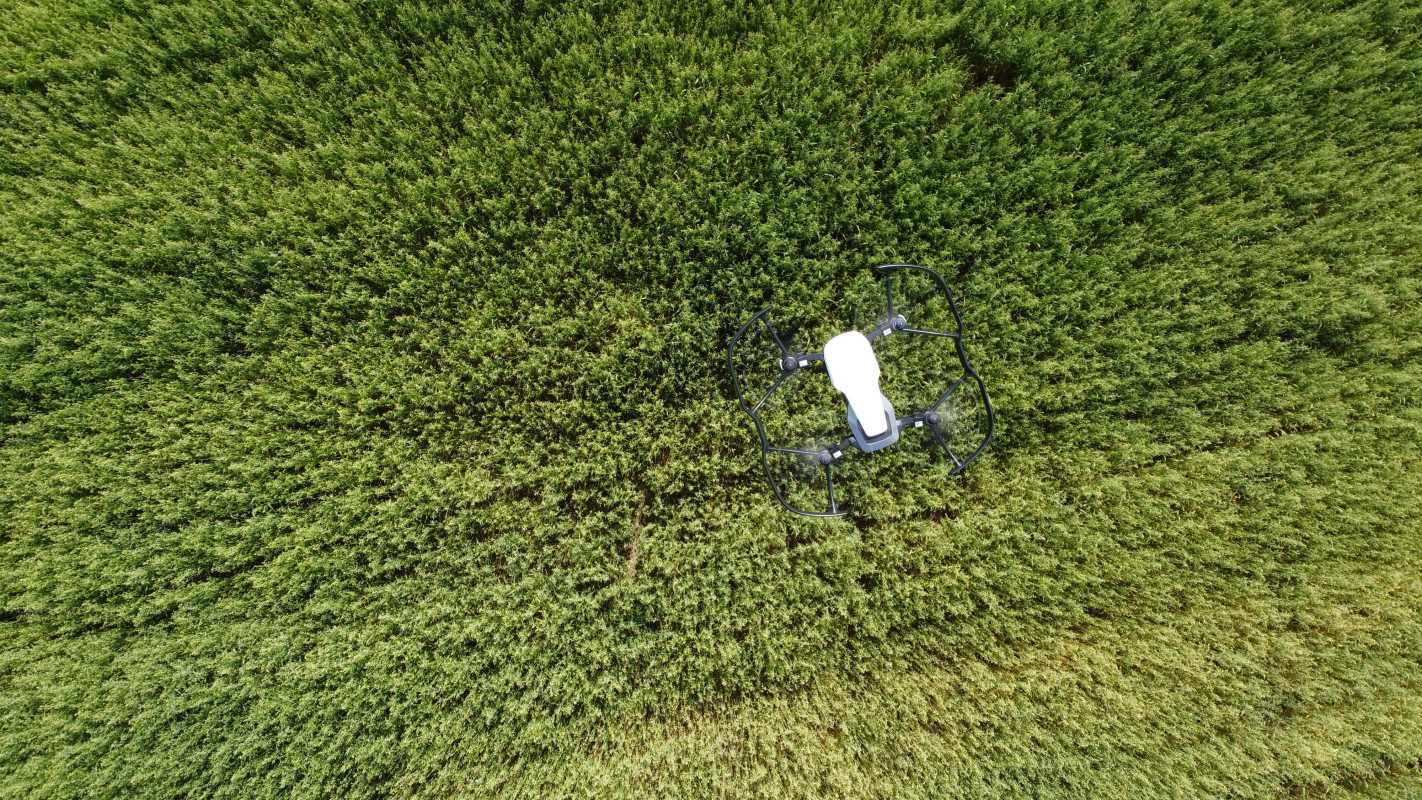 (Image via
(Image via
